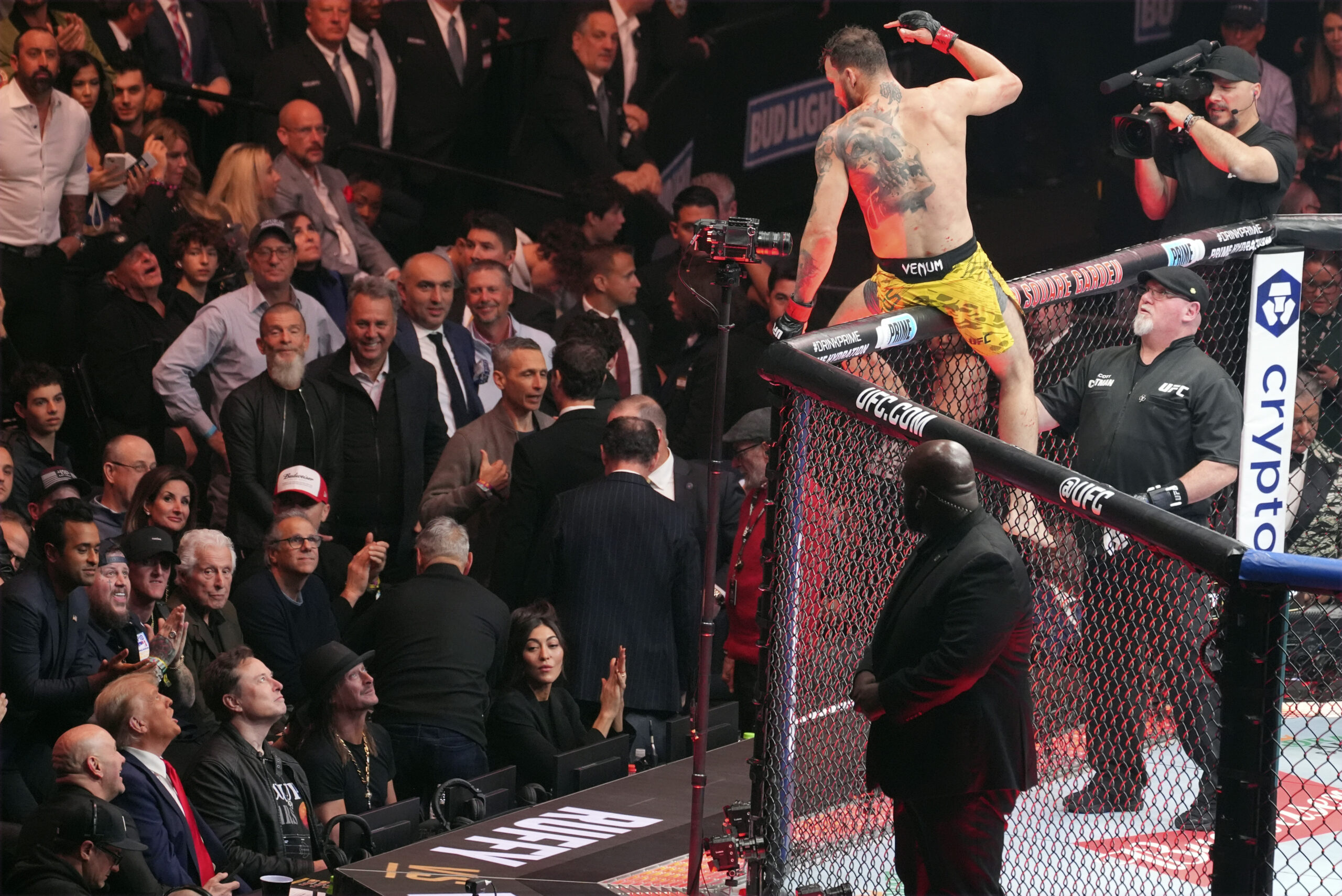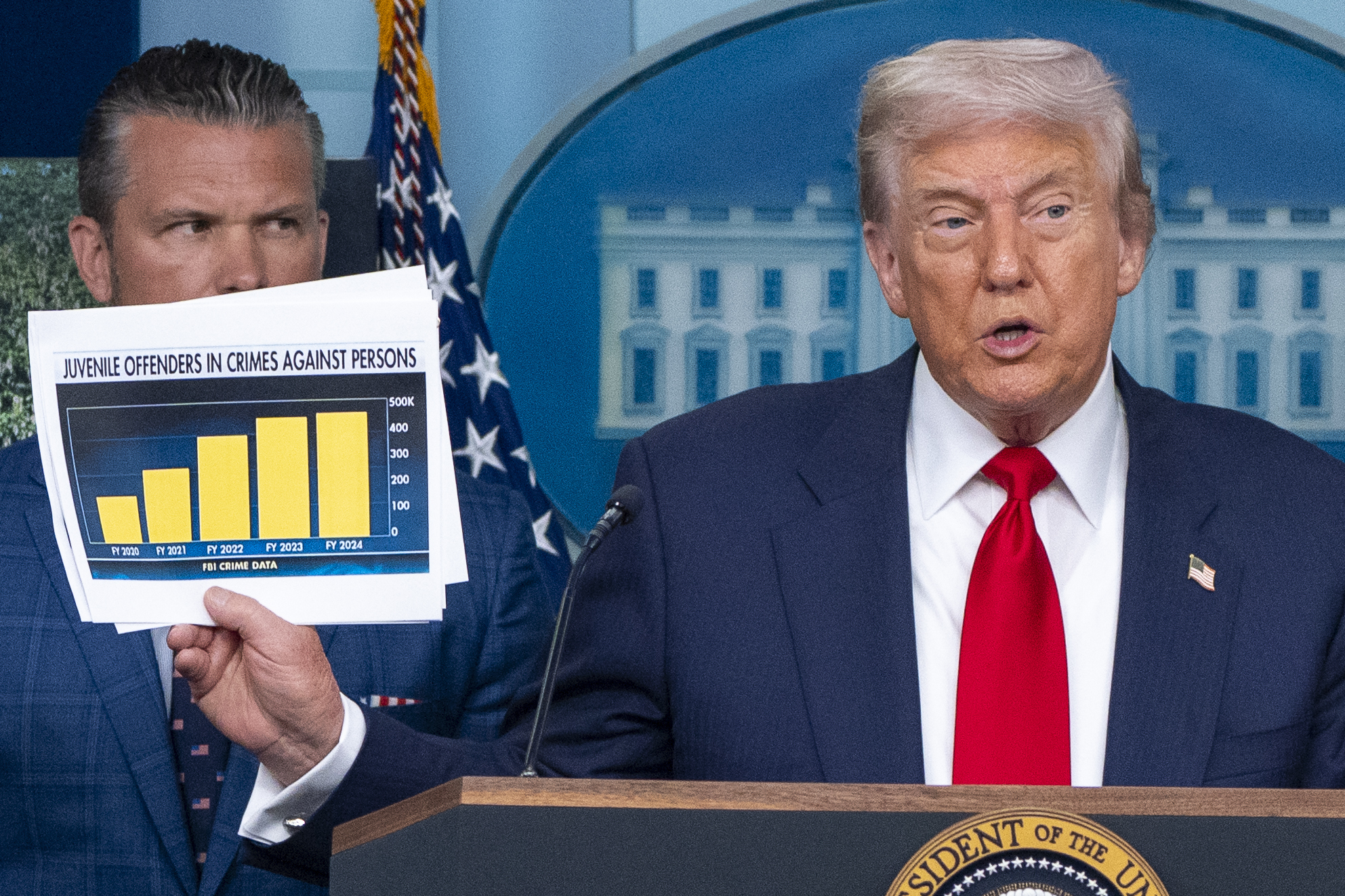
Sign up for Vote Save America
I closed my eyes and counted backward in my head.
Starting on November 3, 30 days brought me to October 4. A Sunday.
I looked back at the form on my computer screen.
ARKANSAS VOTER REGISTRATION: “To qualify to vote in the next election, you must apply to register to vote 30 days before the election. If you mail this form, it must be postmarked by that date.”
Postmarked by Sunday, October 4. Post offices aren’t open on Sunday.
It’s easy to imagine an Arkansas voter trying to post her registration on October 4, only to be met with locked doors and to go home thinking she’d missed the deadline. One less vote on Election Day.
But after 20 minutes of searching on the Arkansas elections website, I found a document stating that Arkansas has amended its guidelines and that voter registration applications will be accepted if they’re postmarked on Monday, October 5. This corrected information wasn’t on the front page of the Arkansas elections homepage. It doesn’t appear in bold lettering on the voter registration form. It’s buried in a PDF on a website that many voters don’t know exists.
Arkansas isn’t alone. I thought that it might take a few days to compile the various registration and request deadlines for all 50 states as part of our Vote Save America initiative. It took weeks, worth of calls to Secretary of State offices and research on state-specific election law to determine the exact dates and deadlines for every state.
“Voter suppression” is a term that we hear frequently in the news, often accompanied by footage of voters waiting in hours-long lines at polling places and reports of voter-registration purges. But voter suppression tactics aren’t always as crude as closing polling locations in underserved communities or racist gerrymandering. On top of those hurdles, many people can’t vote because they’re unable to take time off of work or, as in Arkansas, can’t find their state’s rules posted clearly anywhere.
The obstacles to voting in the United States are not only confusing and outdated; they are arrayed intentionally to disenfranchise voters across the country. And that will continue to be the case until federal, state, and local election officials implement overdue changes that make voting equally accessible to all Americans.
The political conversation about voter suppression in the United States tends to overlook three key issues: Archaic and unequal voter-registration systems, unclear and irregular communication regarding key dates, deadlines, and requirements, and right-wing opposition to declaring Election Day a national holiday.
Addressing these impediments should be easy, and simple solutions to them would enfranchise millions of voters. The federal government and state governments have the power to dramatically increase voter participation in America, and should feel it is their duty to do so. That so many governments, particularly those under Republican control, not only don’t feel this obligation, but seek new tools of disenfranchisement, is a national scandal.
The United States has one of the lowest voter-turnout rates among developed nations. In 2016, just over 55 percent of the voting-age population cast ballots. Turnout is directly proportional to voter registration, another metric by which the United States falls short. In the 2016 presidential election, only 64 percent of the voting-age population was registered to vote. This number pales in comparison to comparable figures from other democratic nations like Canada and the United Kingdom where approximately 91 percent of voters are registered, and Sweden where the registration rate is 96 percent.
The United States is unique among democratic nations in placing the entire burden of registration on individual citizens, which in turn explains why such a significant percentage of the eligible electorate is unregistered and unable to vote. Many states require that voters register to vote an entire month before election day—almost exclusively by mail. This requires planning, printers, envelopes, stamps, and trips to the post office.
There are two easy ways to solve this problem. The first and most effective would be to implement a nationwide, automatic voter-registration program. The Register America to Vote Act is a Senate bill that would make it compulsory for state governments to automatically register eligible citizens to vote when they turn 18. This legislation has the potential to enfranchise over 20 million voters within the first year of implementation alone. A simpler, but less effective solution would entail state governments mailing registration applications to newly eligible voters annually, and providing them with postage-paid return envelopes.
But registration is only the beginning. Absent clear and unified communication to voters, Americans in each state must navigate different mazes of information concerning voter registration cutoffs, ballot request deadlines, and early voting dates. This information is often hard to find and rendered in confusing language, such as, “Early voting is available on the 17th day before an election, (12th day before a May election) unless it’s a weekend, then early voting starts on Monday, ending the fourth day before Election Day ” In certain states, absentee ballots must be returned the day before Election Day. It is unacceptable that voters must overcome multiple hurdles just to determine how to cast their ballots lawfully.
This confusing information environment disproportionately harms low-income communities and communities of color. In this year’s presidential primary, California discarded over 70,000 ballots because they were not postmarked on or before Election Day. In 2018, the ACLU found that rejection rates for mail-ballots cast by black and Hispanic individuals in Florida were twice as high as the rejection rate for ballots cast by white voters.
States could permanently erase these disparities by adopting automatic voter-registration policies and mailing absentee-ballot applications to registered voters in a timely fashion. At the very least, they could send voters clear reminders about when and how to register and request ballots, and continue to communicate that information to voters using social media, local news outlets, and other communications channels.
Absent changes like these, the simplest way to encourage participation would be to eliminate the barrier that work creates to voting. Federal employees get Labor Day, Memorial Day, and Columbus Day off, but must work on Election Day, when Americans choose the leaders who will shape their futures. Election Day falls on a Tuesday, which is a workday for the vast majority of Americans. Presently, there is no federal law that requires employers provide their employees with time off to cast their ballots. By no coincidence, U.S. Census Bureau surveys consistently show that non-voters cite inadequate time or conflicting work schedules as the most common reasons they don’t vote.
But eligible voters should never have to choose between sacrificing their right to vote and facing consequences for missing work because they went to the polls. Working parents frequently can’t spend their waking hours making arrangements to take time off to vote or printing their voter registration forms or requesting absentee ballots.
The fact that elected officials leave these challenges in place and deliberately think up new ones is an affront to all citizens. The ability to cast a ballot should not be an award the government gives us for overcoming challenges lawmakers have constructed to disenfranchise voters. It should be a right we have, and they should fear getting in the way.



